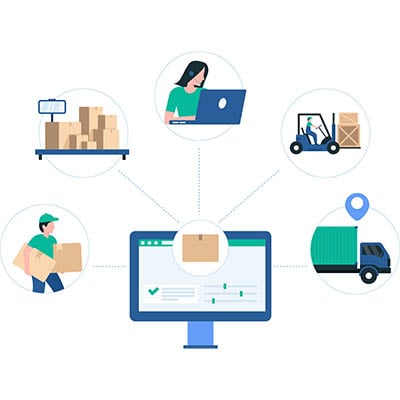Does your organization have the good fortune of having an in-house IT department? More likely than not, even if you do, your department has maybe a couple of technicians at most, and they are all up to their ears in work, whether it’s keeping up with maintenance or struggling to implement new and innovative solutions. If you’re looking for ways to upgrade your organizational IT infrastructure, we recommend you start with a network audit to determine what needs to be done (and how we can help you do it).
Business leaders and decision makers have plenty to deal with… and that’s before factoring in all the problems and obstacles that pop up over the course of their normal operations, particularly when it comes to the technology their businesses rely on. Naturally, a smart business owner would want their technology to be as reliable as possible, available without requiring conscious effort. As it happens, one of the modern options for IT support enables circumstances to be as close to this ideal as possible… but the other predominant option ultimately gives you more to worry about.
The grind of daily business operations can feel relentless. From overflowing inboxes to endless task lists and scattered information, it’s easy to get bogged down in the minutiae. That’s why it’s essential to know—and utilize—the right technology to transform tedious tasks into strategically streamlined workflows, providing you and your team with more time and clarity. This month, we’ll take a look at some of the technology you can use to take a little stress off your grind.
Professional services encompass many of the “experts” people rely on, and today’s firms in this sector depend heavily on technology to boost efficiency, enhance client service, and streamline operations. In this month’s newsletter, we’ll explore four key technologies that professional services firms rely on.
It’s always an exciting time when you commit to a new IT project that promises to change your organization for the better. Of course, the exciting stuff is what comes after the implementation process—a process that can range from easy-as-pie to incredibly complex and stressful, depending on the expertise your organization employs.
- 1
- 2






